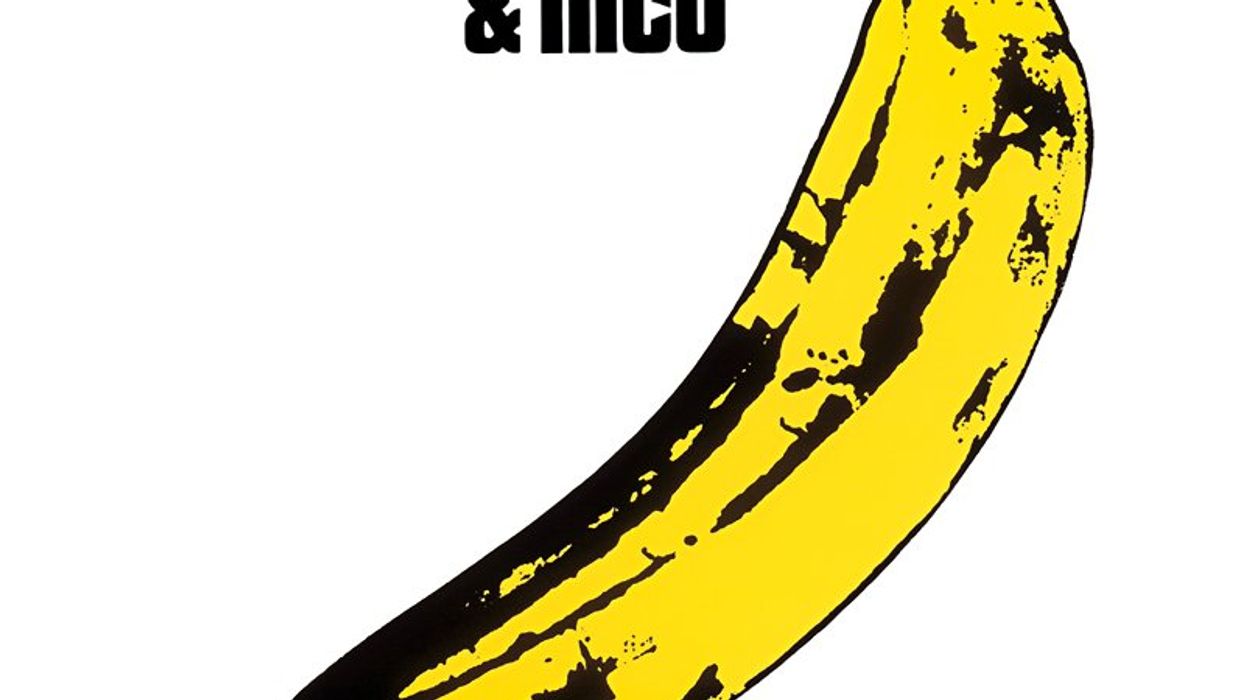Chops: Beginner
Theory: Beginner
Lesson Overview:
• Learn how to use “repeater” licks to create mass hysteria.
• Understand the intricacies of the diddle-ee-bum.
• Increase your stash of face-melting rock licks.
Click here to download a printable PDF of this lesson's notation.
These licks are part of the language of rock. By mastering them, you’ll take control of them and then take control of your listener. If you use a stock lick in the usual way, you can make the listener comfortable with a sound they recognize. Modify it either tonally or rhythmically, and you can generate interest. Claim new melodic territory by eschewing it entirely. If you combine all three—the journey goes from mundane to spectacular. Here are 10 must-know rock phrases. Learn them. Love them.
Gone to Mississippi. Leslie West of Mountain had an amazing technique that used only two fingers on his left hand. Ex. 1 uses the E major pentatonic (E-F#-G#-B-C#) scale, and the heart of the lick is the bend on the 3rd string followed by the fretted note on the 2nd string. It is as pervasive as the comma in modern writing. If you shift the lick an eighth-note in either direction you’ll get other equally recognizable licks out of this device.
Click here for Ex. 1
The Black Room. Both Clapton and Black Sabbath’s Tony Iommi abused Ex. 2 equally. Very often it was drenched in wah-wah. The addition of a wah pedal played strictly on the beat will create the illusion of a lot more going on than there actually is. Try it and see. Don’t have a wah pedal? Go get one! If you were to play this lick as eighth-note triplets you will get a straighter version of it where the first note of the pattern is always on the beat—which is also a cliché.
Click here for Ex. 2
Diddle-ee-bum No. 1. The lick in Ex. 3, is as ubiquitous as the word “and.” A four-square repeater with no shifting accents—just power and attitude. I think Michael Schenker is the guy who brought me to the diddle-ee-bum and I’ve used it ever since. Played slowly, this lick can sound like straight 16th-notes, but when you get it up to tempo the first, third, and fourth notes of the pattern are accented to the point that you begin to hear it more as a triplet, with the hammered note crammed in between.
Click here for Ex. 3
Many Years After. Alvin Lee from Ten Years After and Ronnie Montrose made their bones on some awesome repeaters like this one in Ex. 4. When played as triplets, the G shifts from a weak beat to a strong beat within each appearance of the motif. The lick is equally effective when played as 16ths. Try it and see.
Click here for Ex. 4
Diddle-ee-bum No. 2. We shift Ex. 4 over to the next two strings and we have a whole new world of possibilities in Ex. 5. Look to Vivian Campbell’s “Rainbow in the Dark” solo for a great example of this. Getting it really fast and aggressive and in time is harder than you might think.
Click here for Ex. 5
Diddle-y Diddle-y. Very often, Ex. 6 is a novice player’s first “fast” lick. Take this lick as an opportunity to work on your pull-offs in order to keep them in time, in tune, and at an even volume. Single-string licks often create the possibility of hand-synchronization issues, so give this lick it’s proper due.
Click here for Ex. 6
Dab-a-da Dab-a-da. Jimmy Page! Ex. 7 is awesome just the way it is, either picked or played with pull-offs. It can also be played as 16th-notes, which creates a shifting accent.
Click here for Ex. 7
DO-be-da-do-BE-da-do-be-DA. Ex. 8 is a classic lick that goes all the way back to rockabilly. Very similar to Ex. 3 in the way the accent shifts, but here we are using a hammer-on, which makes it even more noticeable. Again, work with the metronome to make sure you’re playing the rhythm with real conviction—this is how you can get a hold of the listener and drag their ear into whatever comes next.
Click here for Ex. 8
House Burning Down. Jimi Hendrix! I’ll leave you with one from the master. Jimi is often heralded as being so far ahead of his time that he’s still ahead of our time. At the same time, a great deal of his vocabulary has become clichés. Yet, we don’t consider Jimi clichéd. And therein lies the rub. It’s five notes in the space of four 16th-notes, but we’re not notating it as a quintuplet because that would make this a jazz lesson. Burn it down!
Click here for Ex. 9
I was once working in a recording studio where Bruce Springsteen was doing mixes, so he was in and out of the studio twice a day checking the mixes and playing video games. He said the No. 1 thing you had to have when playing guitar was a “cool contortion”—a contorted facial expression that indicated how into the music you were and how hard you were working. For each of these licks, especially the repeaters, a cool contortion is a must-have. So practice in front of a mirror.























